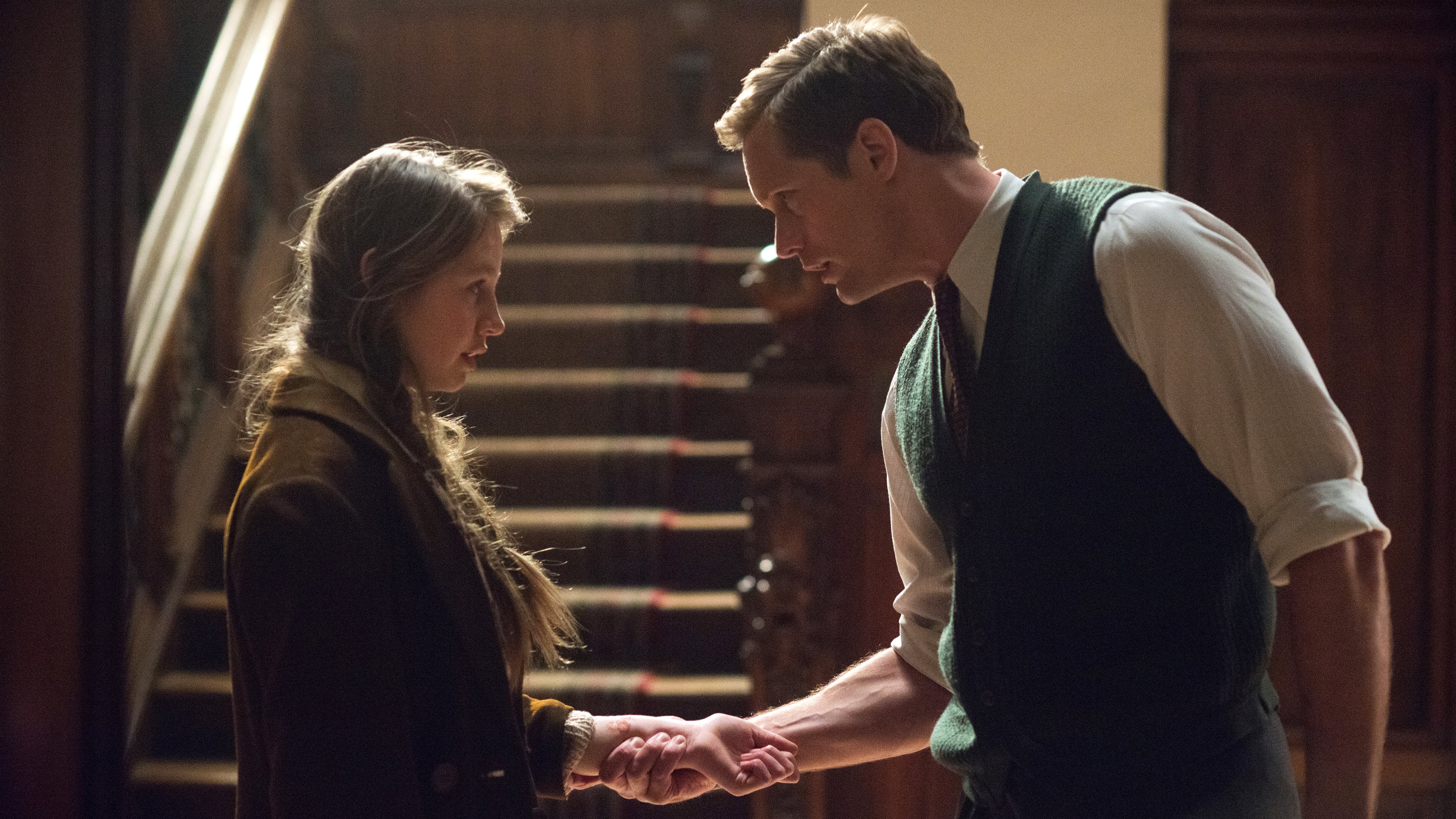

(Photo: Courtesy Netflix)Ĭomplete coverage of a disaster of this size and scope in one film is, of course, impossible. “You could make an entire film about the discussions we had about the title alone.” Some of the film’s best scenes play out in Kathmandu. “Literally, from day one of the production, the question we asked was how can we ensure that this huge disaster taking place in the Indian subcontinent is not framed as a load of white people bleating about their holiday going wrong,” Lambert says. I recently spoke to British filmmaker Olly Lambert, Aftershock’s director, and he said that he and the film’s producers constantly weighed how much attention to give the Everest mountaineers, and how much to give to other storylines. But Aftershock also takes viewers into crumbling buildings in downtown Kathmandu, and high into devastated villages on the other side of the country, to tell a broader story of the disaster.

It tackles the question of what happens when millions of people are instantaneously placed in survival situations-do they look out for one another or themselves? Mount Everest, and the avalanche that devastated Base Camp, is of course a chapter in this story. While Aftershock is marketed as the latest Everest documentary, the film attempts to tell a story that is much larger than the world’s highest peak.Īftershock documents the horror and devastation caused by the April 2015 earthquake in Nepal that left nearly 9,000 people dead and an estimated 2.5 million homeless. As the story unfolded, I saw that there was a balancing act of a different nature at play in the film. The snippet showed a mountaineer standing precariously on a rickety ladder in the Khumbu Icefall, and as a consumer of all things Everest, I immediately clicked through and binged the film’s three episodes. Two weeks ago, I fired up Netflix, and a preview for the new docuseries Aftershock: Everest and the Nepal Earthquake flashed across the screen.


 0 kommentar(er)
0 kommentar(er)
